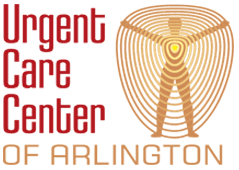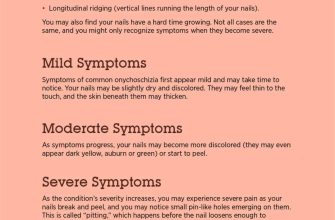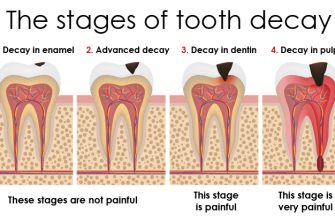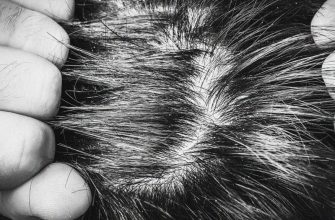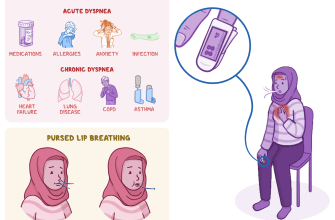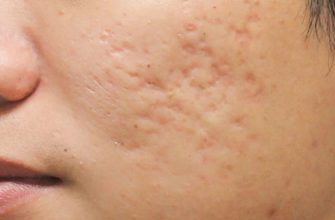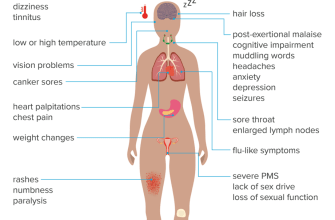Staring spells, also known as absence seizures, are a type of seizure characterized by a brief loss of awareness and a vacant stare. These spells can be concerning for both the person experiencing them and their loved ones. Understanding the causes and treatments for staring spells is crucial in managing this condition effectively.
Causes of Staring Spells
The exact cause of staring spells is not fully understood, but they are believed to be related to abnormal electrical activity in the brain. Some potential causes and risk factors include:
- Epilepsy: Staring spells are often associated with epilepsy, a neurological disorder characterized by recurrent seizures.
- Genetic factors: Certain genetic conditions, such as Dravet syndrome and Lennox-Gastaut syndrome, can increase the risk of experiencing staring spells.
- Brain abnormalities: Structural abnormalities in the brain, such as tumors or malformations, can contribute to the development of staring spells.
- Brain injuries: Traumatic brain injuries or other types of brain damage can trigger staring spells in some individuals.
- Environmental triggers: Certain environmental factors, such as flashing lights or sleep deprivation, can provoke staring spells in susceptible individuals.
Symptoms of Staring Spells
Staring spells are characterized by a sudden and temporary loss of awareness. During a spell, the person may appear to be staring into space and may not respond to external stimuli. Other common symptoms include:
- Unresponsiveness
- Fluttering eyelids
- Lip smacking or chewing movements
- Hand fumbling or repetitive movements
- Brief confusion or disorientation after the spell
It is important to note that staring spells can vary in duration and frequency. Some individuals may experience multiple spells throughout the day, while others may have them less frequently.
Types of Staring Spells
There are different types of staring spells, each with its own characteristics and underlying causes. These include:
Simple Absence Seizures
Simple absence seizures are the most common type of staring spell. They typically last for a few seconds and are characterized by a blank stare and temporary loss of awareness. The person may resume their activities immediately after the spell without any memory of the event.
Complex Absence Seizures
Complex absence seizures are similar to simple absence seizures but may involve additional symptoms, such as repetitive movements or automatisms. These spells can last longer than simple absence seizures and may cause more significant disruptions in daily activities.
Atonic Seizures
Atonic seizures, also known as drop attacks, are a type of staring spell characterized by a sudden loss of muscle tone. During an atonic seizure, the person may experience a brief loss of consciousness and collapse to the ground. These spells can be particularly dangerous, as they increase the risk of falls and injuries.
Treatment for Staring Spells
The treatment for staring spells depends on the underlying cause and the individual’s specific needs. Some common treatment options include:
- Antiepileptic medications: Medications such as valproic acid, ethosuximide, and lamotrigine are commonly prescribed to manage staring spells associated with epilepsy.
- Ketogenic diet: In some cases, a ketogenic diet, which is high in fats and low in carbohydrates, may be recommended to help control seizures.
- Vagus nerve stimulation: This treatment involves implanting a device that stimulates the vagus nerve, which can help reduce the frequency and severity of seizures.
- Epilepsy surgery: In severe cases, surgery may be considered to remove brain abnormalities or implant devices that can help control seizures.
It is important for individuals experiencing staring spells to work closely with their healthcare provider to determine the most appropriate treatment plan for their specific situation.
Management of Staring Spells
In addition to medical treatment, there are several strategies that can help individuals manage staring spells and reduce their impact on daily life:
- Identify triggers: Keeping a seizure diary can help identify potential triggers, such as lack of sleep or exposure to certain stimuli, allowing individuals to take steps to avoid or minimize these triggers.
- Establish a routine: Maintaining a regular sleep schedule, eating balanced meals, and managing stress can help reduce the frequency of staring spells.
- Wear medical identification: Wearing a medical alert bracelet or necklace can help ensure that others are aware of the individual’s condition in case of an emergency.
- Seek support: Joining support groups or connecting with others who have similar experiences can provide valuable emotional support and practical tips for managing staring spells.
It is important to remember that while staring spells can be disruptive, with proper management and treatment, many individuals are able to lead fulfilling lives.
In conclusion, staring spells, or absence seizures, are a type of seizure characterized by a brief loss of awareness and a vacant stare. They can be caused by various factors, including epilepsy, genetic conditions, brain abnormalities, brain injuries, and environmental triggers. Treatment options include medications, dietary interventions, nerve stimulation, and surgery. Managing staring spells involves identifying triggers, establishing routines, wearing medical identification, and seeking support. With the right approach, individuals with staring spells can effectively manage their condition and improve their quality of life.
